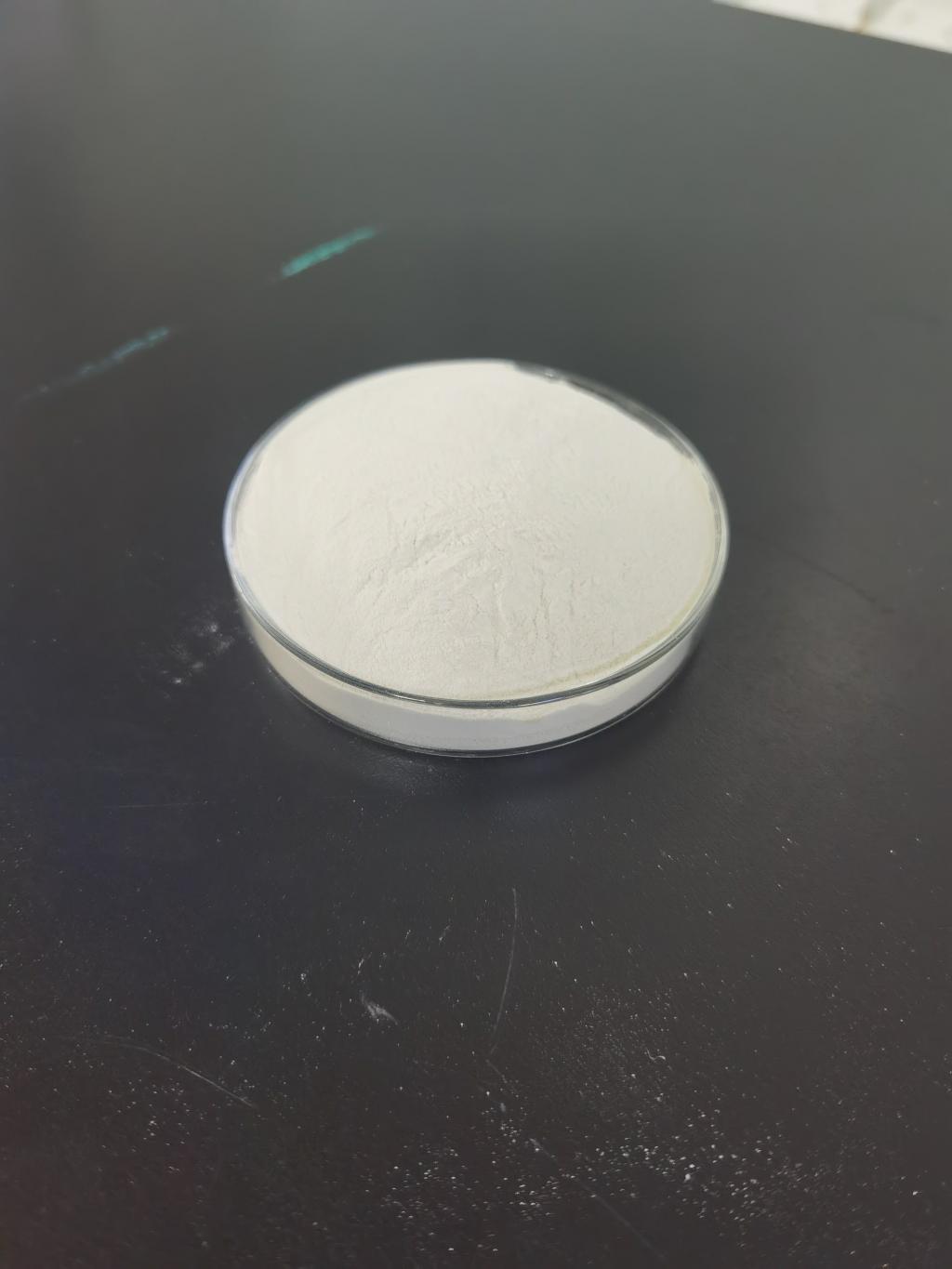Tel:0086 18231198596

News
Nisin's Versatility: A Closer Look at Different Food Applications
TIME:2024-01-12
The Mechanism of Action:
Before delving into the various applications of nisin, it's crucial to understand its mechanism of action. Nisin exerts its antimicrobial effects by disrupting the cell membrane of target bacteria. This disruption leads to leakage of intracellular components and eventual cell death. Unlike many chemical preservatives, nisin's mode of action is selective, targeting specific bacteria while leaving other microorganisms unharmed.
Nisin in Dairy Products:
Dairy products, especially cheeses, have been among the primary beneficiaries of nisin's antimicrobial properties. The susceptibility of dairy products to bacterial contamination makes them an ideal environment for the application of nisin. Researchers and food technologists have successfully incorporated nisin into cheese manufacturing processes, helping to control the growth of spoilage and pathogenic bacteria. This has not only enhanced the safety of dairy products but also extended their shelf life.
Nisin in Meat and Poultry:
The meat and poultry industry faces significant challenges concerning bacterial contamination and spoilage. Nisin has emerged as a valuable tool in addressing these challenges. Its effectiveness against a broad spectrum of bacteria, including notorious pathogens like Listeria monocytogenes, makes it an attractive natural preservative for meat products. Whether applied directly or through active packaging, nisin has demonstrated its ability to improve the microbial quality and safety of meat and poultry.
Nisin in Bakery Products:
Bakery products, particularly those with extended shelf lives, often encounter mold and bacterial contamination issues. Nisin has proven effective in preventing the growth of spoilage microorganisms in bread, cakes, and other baked goods. Its stability under various baking conditions makes it a practical choice for incorporation into dough formulations. The application of nisin in bakery products not only extends their freshness but also addresses consumer concerns about the use of chemical preservatives.
Nisin in Beverages:
Nisin's compatibility with various food matrices extends to beverages, where it has found applications in both liquid and powdered forms. Controlling the growth of spoilage microorganisms in fruit juices, soft drinks, and sports beverages has been a primary focus. Nisin's natural origin aligns with the growing consumer demand for clean-label products, making it an attractive option for beverage manufacturers aiming to enhance product safety without compromising on quality.
Nisin in Ready-to-Eat Meals:
The convenience of ready-to-eat meals comes with challenges related to microbial safety and shelf life. Nisin has been employed successfully in preserving the quality and safety of these meals. Its compatibility with different cooking and processing methods, coupled with its efficacy against a wide range of bacteria, makes it a versatile choice for ensuring the microbial stability of ready-to-eat foods.
Regulatory Status and Consumer Perception:
As the food industry embraces natural preservatives like nisin, understanding its regulatory status becomes crucial. In many regions, including the European Union and the United States, nisin is approved as a food additive. However, it's essential for food manufacturers to comply with regulatory guidelines and inform consumers about the use of nisin in their products. Communicating the benefits of nisin, such as improved food safety and reduced reliance on synthetic preservatives, can positively influence consumer perception.
Future Trends and Challenges:
The use of nisin in food applications continues to evolve, driven by ongoing research and technological advancements. Future trends may include the development of novel formulations, combination with other natural preservatives, and improved delivery systems. However, challenges such as maintaining stability in different food matrices, addressing potential resistance development in target bacteria, and ensuring cost-effectiveness will also need attention.
Conclusion:
Nisin's versatility in various food applications underscores its significance as a natural antimicrobial agent. From dairy products to bakery items, meat, and beverages, nisin has proven its efficacy in enhancing food safety and extending shelf life. As the food industry navigates the complexities of meeting consumer demands for clean-label products, nisin emerges as a valuable tool that aligns with both safety and quality objectives. With ongoing research and responsible application, nisin is likely to play an increasingly pivotal role in shaping the future of food preservation.

 CONTACT
CONTACT




